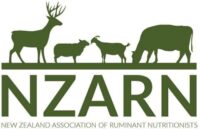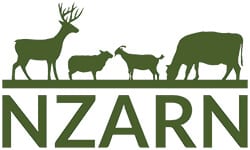Enteric Methane and Feeds – Arjan Jonker, AgResearch
Methane (CH4) is mainly formed in the rumen (87-92%) by methanogens which utilise microbially hydrogen produced in the rumen during fermentation of ingested feed. CH4 from animals is measured via gas exchange using flux methods like respiration chambers and marker methods in research trials and is expressed as production per time, per unit of intake (yield)

